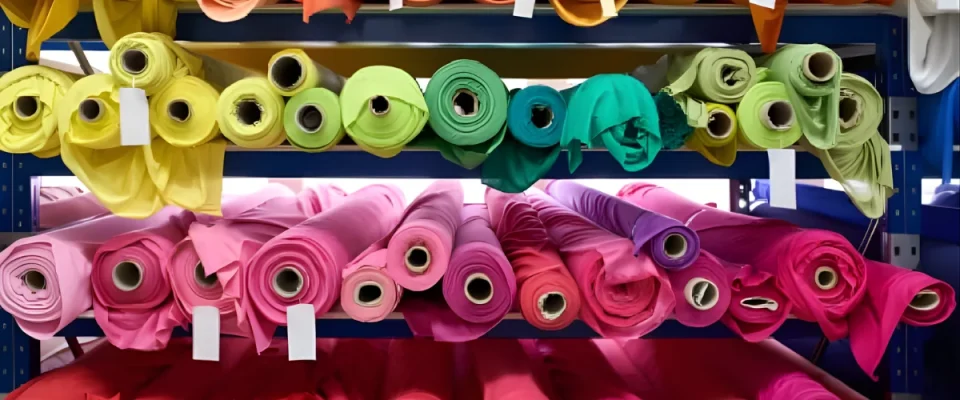Textile Exchange launches a new two-tier membership structure to strengthen engagement, enhance industry collaboration, and accelerate global sustainability progress.
The global non-profit, which counts over 700 organizations among its members, including brands, retailers, suppliers, producers, consultancies, NGOs, and others, will implement a phased transition as part of the rollout.
As part of the new “action-oriented, impact-driven model”, organizations will move into either the Community Cohort or the Action Cohort.
The Community Cohort: This model is intended for organizations not directly involved in raw material sourcing or production but interested in expanding sustainability knowledge and sharing expertise within the sector.
According to Textile Exchange, this group is for academics, non-profits, solution providers, consultancies, and supply chain partners from Tiers 1–3 who do not produce or procure materials on their own.
Members will have access to a network of professionals, information-sharing sessions, events, and tools developed by industry experts. This option closely resembles the organization’s existing membership system.
The Action Cohort: This model targets brands, suppliers, and producers directly engaged in sourcing or producing raw materials.
It is designed to help members achieve measurable progress via structured action pathways and a unified reporting framework.
Participants will receive expert guidance and have opportunities to engage in collective initiatives and workshops. Members of the Action Cohort are required to commit to steps such as progress reporting and utilizing systems that confirm best practices.
Textile Exchange stated that brands and producers can work together through these collective actions “to overcome production system barriers and accelerate progress.”
The organization says this arrangement is meant to “turn intention into implementation” through standardized processes.
The two-tier structure is designed to address the differing requirements of organizations in the industry by providing defined pathways, specific guidance, and tools to help coordinate efforts towards changes in production systems.
The two-tier structure will address the differing roles of organizations in the industry by providing defined pathways, specific guidance, and tools to help coordinate efforts towards changes in production systems.
Textile Exchange engagement and partnerships senior director Sarah Needham said: “By providing targeted guidance and fostering collective action, the structure will enable our community to align behind the shared priorities and direction needed to make measurable change.”
This revised model aligns with Textile Exchange’s five-year strategy leading up to 2030.
News Courtesy: Just Style

